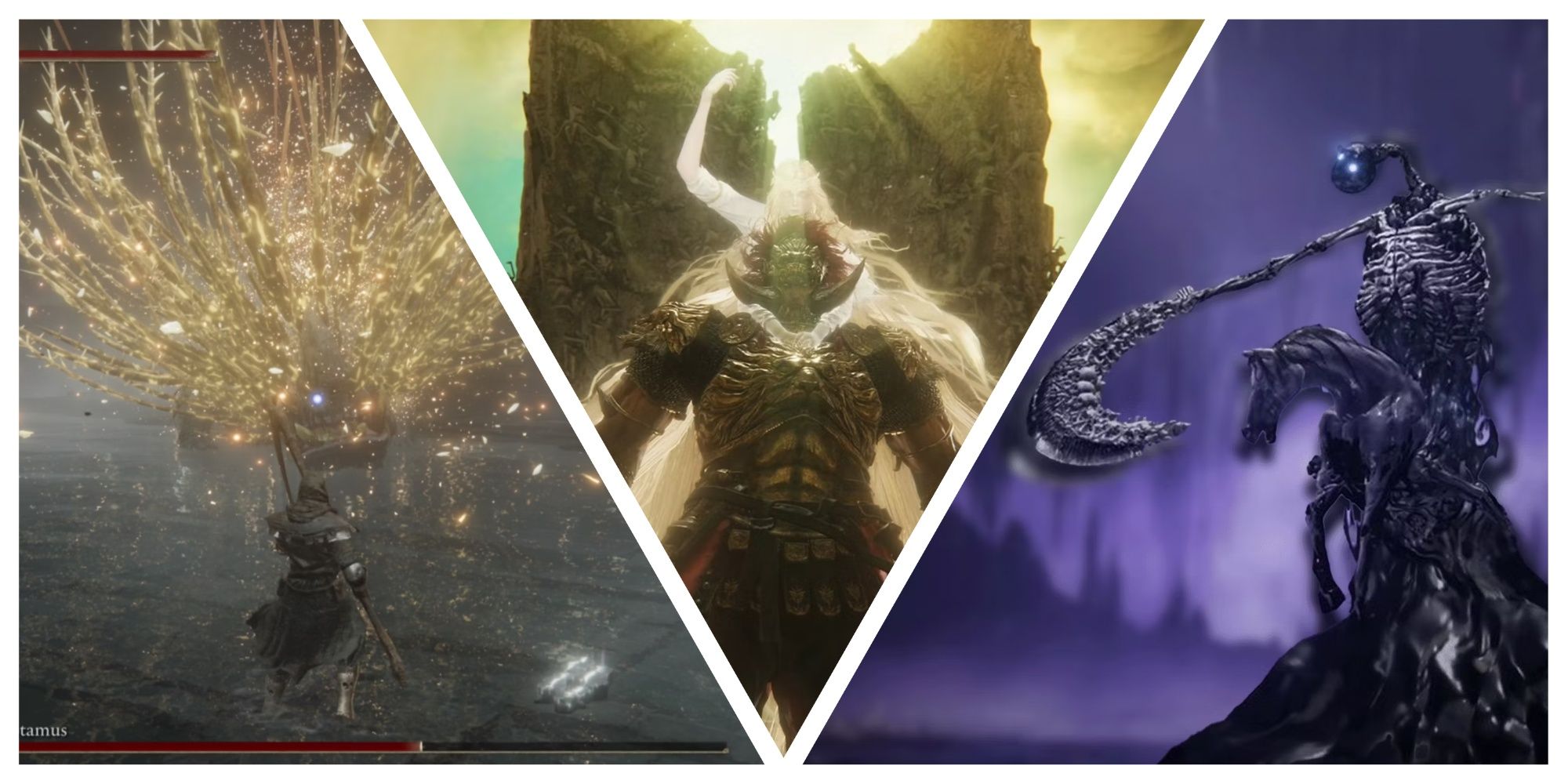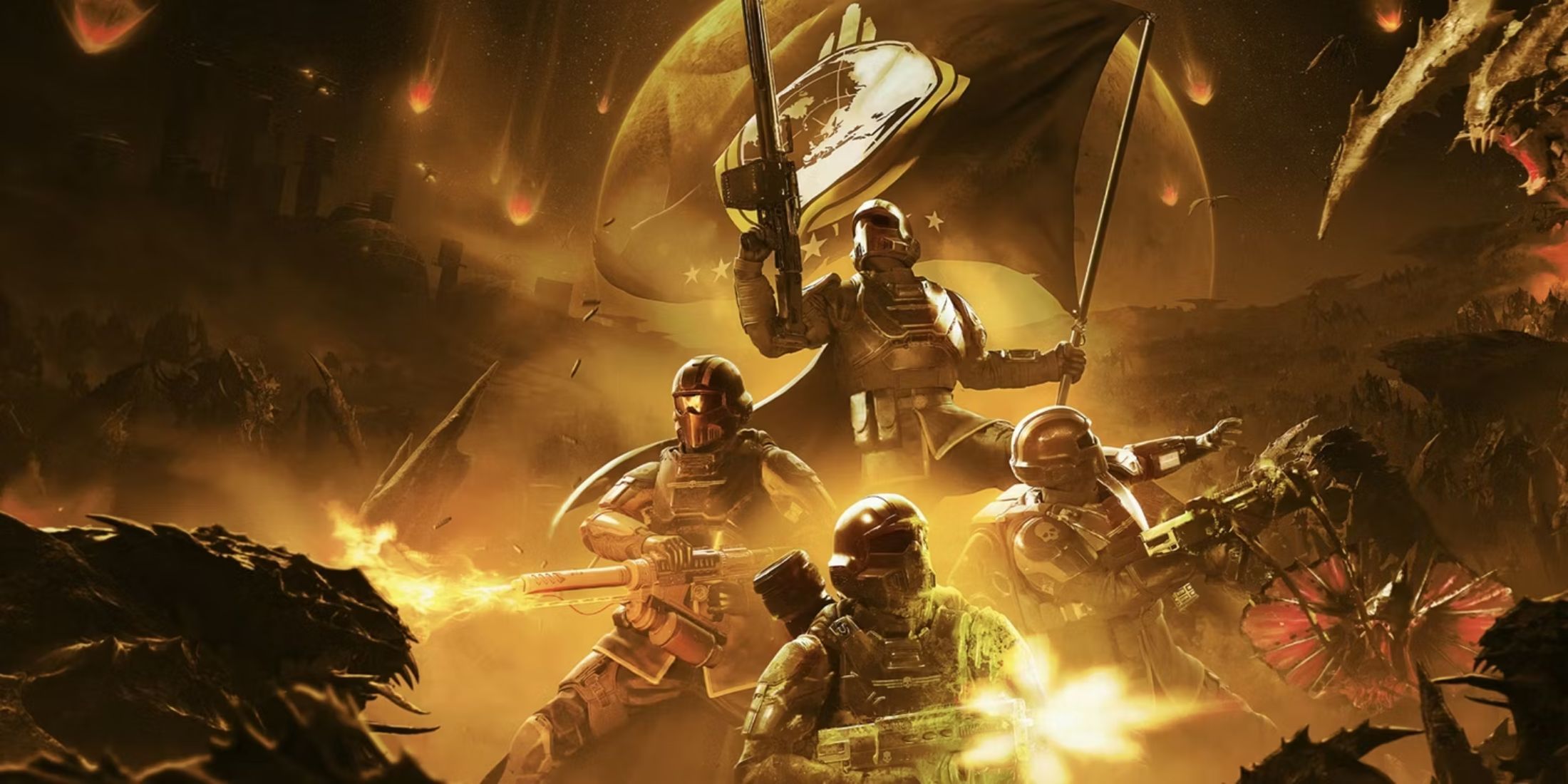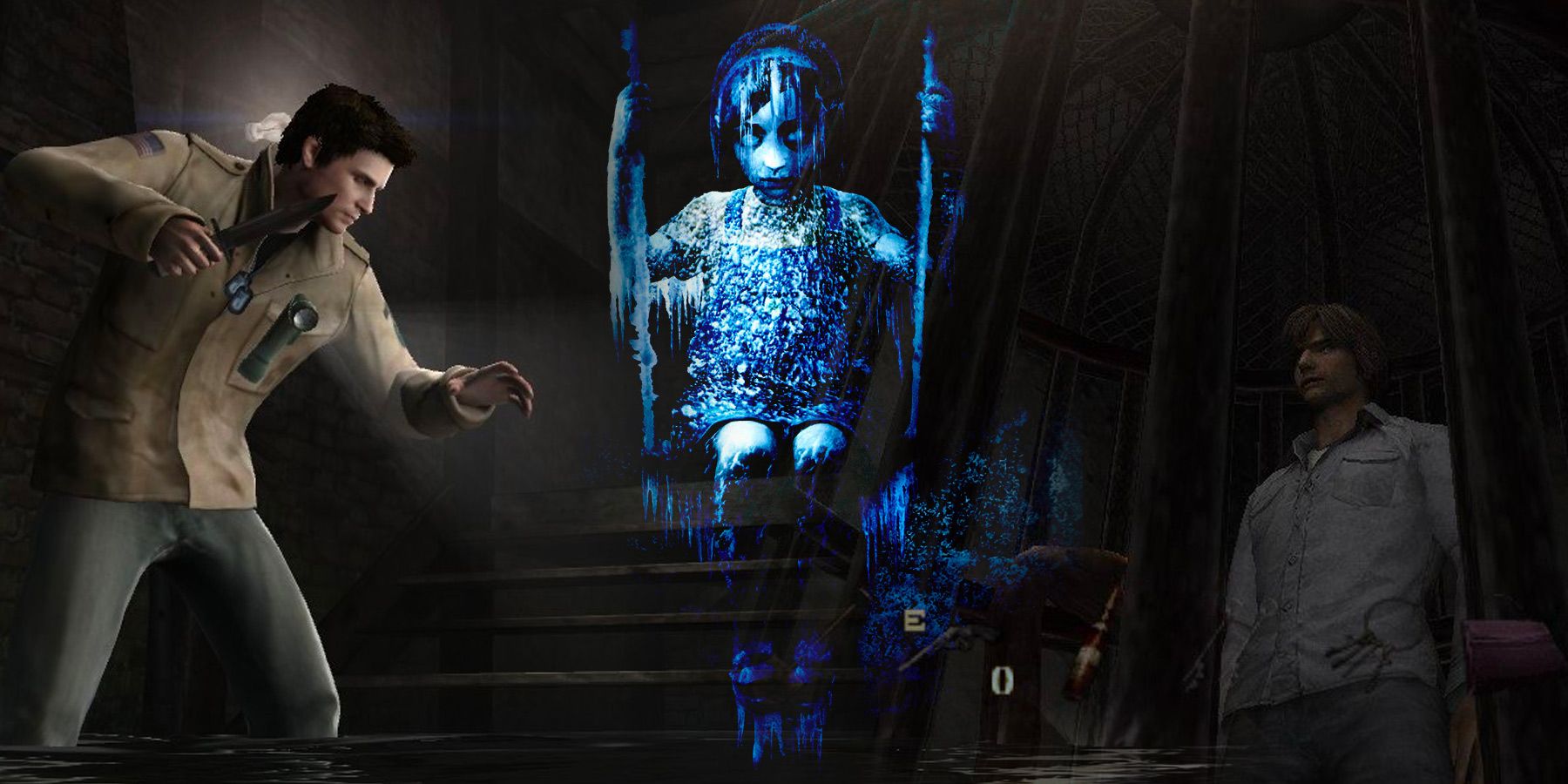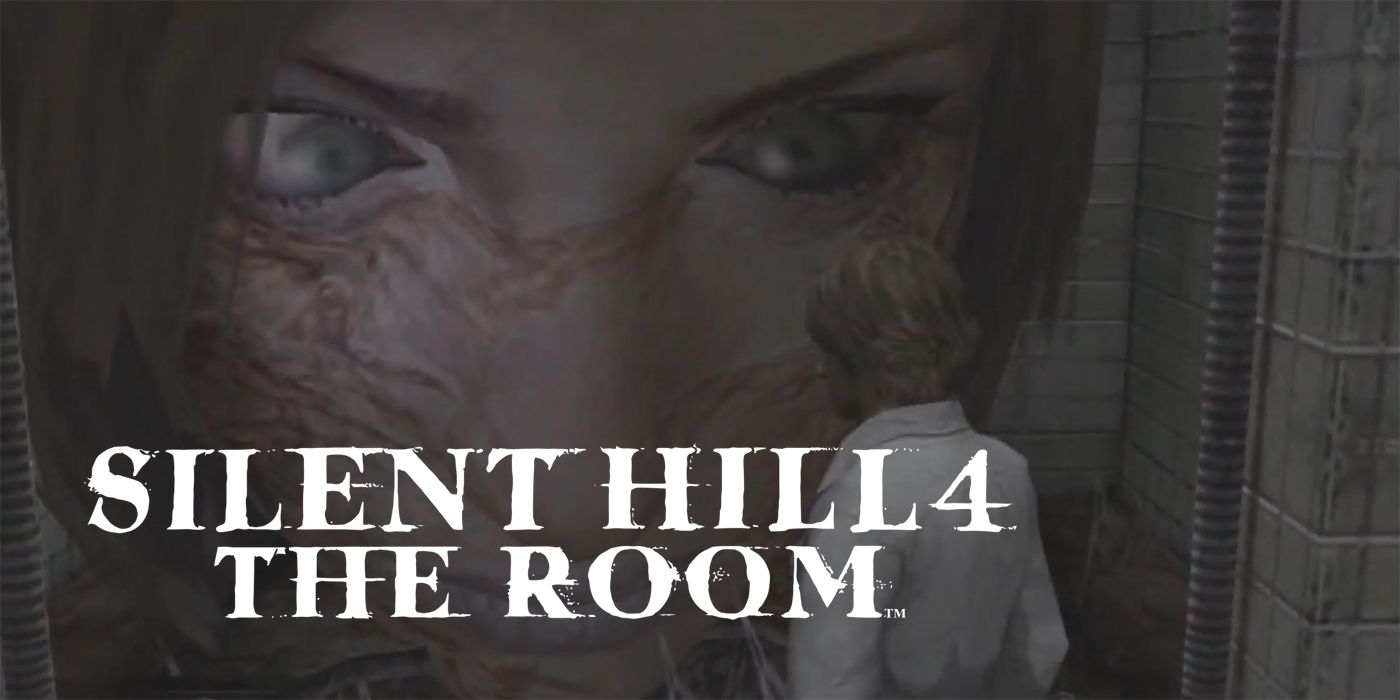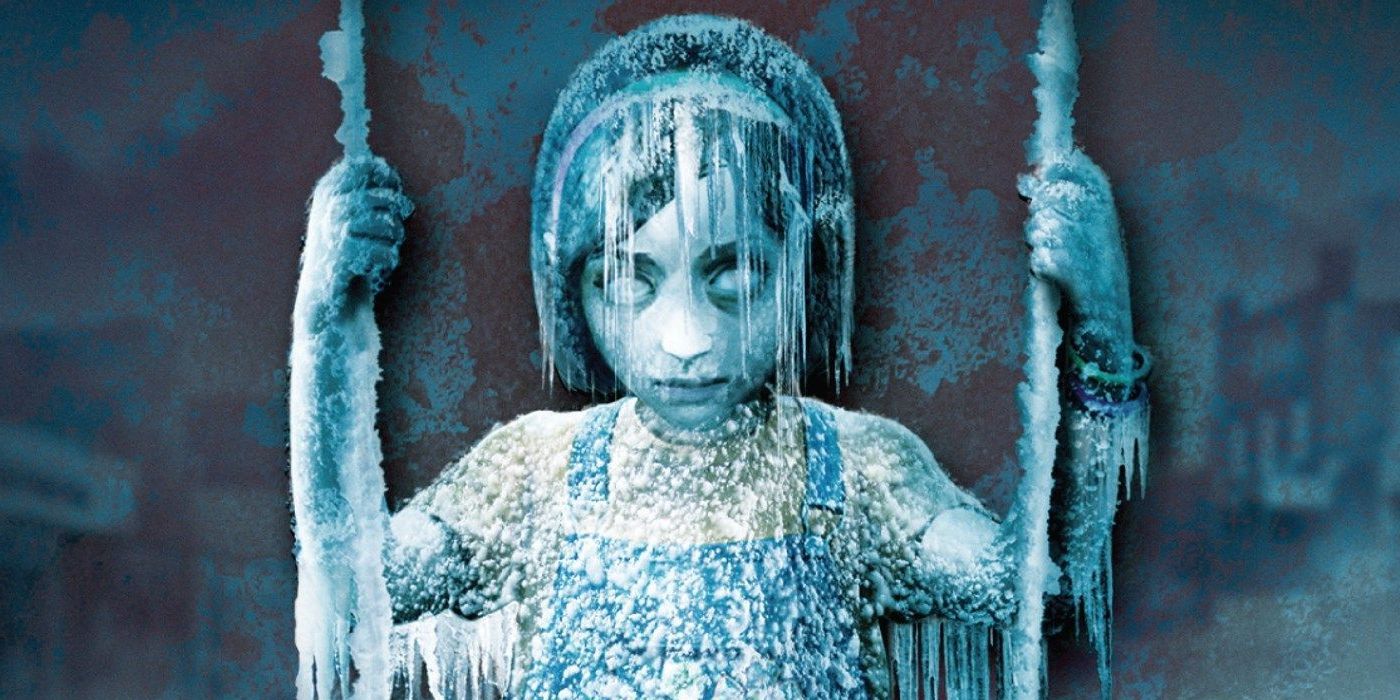Psychological horror masterpiece Silent Hill has been terrifying gamers with its mature themes, disturbing creatures, eerie soundtracks and harrowing storylines for over twenty years. However, not every game in the Silent Hill series has been equally well received.
Fans’ affections seem to be largely reserved for the first three installments of the franchise, with the experimental Silent Hill 4: The Room viewed as a flawed final offering by the original ‘Team Silent’ development team as it headed towards dissolution. Subsequent series entries were made by other developers and are usually much less highly praised; but while there are certainly issues with these titles, they may be more deserving of players’ attention than survival horror fans realize.
Why Are the Later Silent Hill Games So Badly Regarded?
Despite not having a new installment of Silent Hill since 2014’s mysterious and ill-fated P.T. – the playable teaser for the cancelled Hideo Kojima Silent Hills project – the franchise remains as hotly debated as it is beloved, even two decades after the game’s original release.
This is testament to just how iconic and impactful the series has been, particularly Silent Hill 2, which regularly tops ‘best horror games of all time’ lists and whose iconic antagonist Pyramid Head has transcended his debut appearance to feature in movies and countless spin-offs.
Perhaps the incredibly high bar set by these early releases created an impossible task for future entries, or perhaps decisions made in the development of these later games, such as outsourcing them to third-party developers or retconning aspects of the Silent Hill series’ story and lore, meant that a more negative reception was inevitable.
Fan consensus also points towards the increased focus on combat rather than storyline. The use of American developers leading to more conventional and formulaic western horror plots rather than the surreal, Twin Peaks-inspired narrative of Silent Hill 2 was also an issue for many longtime fans, and the numerous technical issues and glitches that plagued some of the later entries proved to be even more troublesome.
The absence of legendary composer Akira Yamaoka from the soundtrack of the final two instalments was also perceived to have further eroded the franchise’s unique atmosphere, and the decision to make Silent Hill: Book of Memories a dungeon crawler rather than a survival horror game felt like a final nail in the coffin. To add insult to injury, in the very same year the fan base had to endure the infamously bug-ridden Silent Hill HD Collection as well as a critically savaged movie sequel, Silent Hill: Revelation, As such, the sentiment towards Konami’s more recent Silent Hill output in 2012 was understandably negative.
Why the Later Silent Hill Games Are Worth Playing
By the time of its most recent instalment, the Silent Hill franchise had been enveloped in a toxic cloud thicker than the town’s iconic mist, and this may have resulted in some of the later games being unfairly cast aside by horror fans. While the common criticisms of these titles are valid, and it is entirely fair to view the older games as superior, the later titles still feature numerous effective scares and sequences, absorbing storylines, and gameplay innovations.
Silent Hill 4: The Room pushed the boundaries of the series’ concept, and sees its protagonist trapped inside his apartment, only able to leave by crawling through a hole in his bathroom wall. This leads to surreal and dreamlike sequences that may be taking place in his own head, which is an interesting concept. The gradual deterioration of the apartment itself, from oppressive but safe sanctuary to haunted, gore-dripping hellscape, is a remarkable and disturbing experience.
Silent Hill: Origins added mirrors through which its central character could travel between the game’s two worlds, creating interesting gameplay and puzzle opportunities. It also incorporated destructible weapons ranging from typewriters to toasters, enhancing the sense that its protagonist was forced to be extremely resourceful in order to survive.
Silent Hill: Homecoming featured one of the series’ most grotesque creatures and boss designs. The ‘needler’ has a particularly distressing appearance, manifesting as a naked, crab-walking human whose limbs taper into deadly spines, and whose head is sprouting from where their genitalia ought to appear.
Silent Hill: Shattered Memories is generally considered the best game not developed by Team Silent, and with good reason. Its reimagining of the first game’s story introduced a clever twist ending that surpasses its progenitor, and the inventive use of the Wii Remote as a torch, mobile phone, and even a scalpel provides an unpredictable gameplay experience.
Despite not featuring the talents of Akira Yamaoka, Silent Hill: Downpour has a highly atmospheric soundtrack courtesy of Dexter score creator Daniel Licht. It also revisited the idea of using household items scavenged from the town as makeshift weapons, this time introducing a more realistic limit to how many the player can carry at once. Even Silent Hill: Book of Memories deserves credit for attempting something new, even if its overhead perspective and dungeon crawler mechanics were not universally praised.
Despite fan apathy, none of the later Silent Hill games are bereft of imagination, and none have received lower than mixed review scores. With seemingly endless rumors of a Silent Hill reboot continuing to swirl, now might be the best possible time for gamers to catch up on the entries that they missed the first time around. While the first Silent Hill games are the peak of the series, there are still things to appreciate about the ones that came after.

